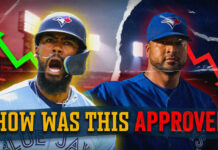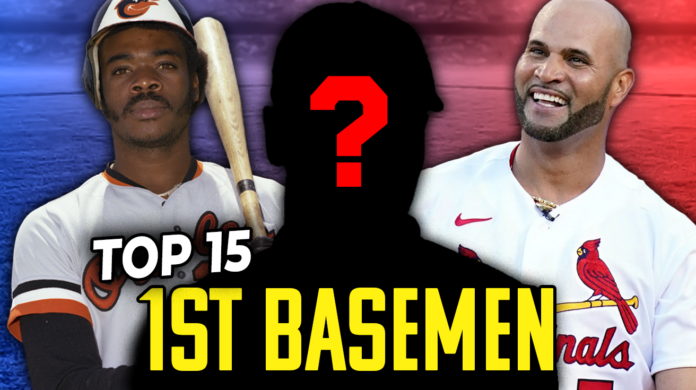
First base might look like the easiest spot on the field, but don’t be fooled. It’s where titans of the game have planted their flag. Great first basemen balance brute force and ballet-like grace, turning wild throws into routine plays while terrorizing pitchers in the batter’s box.
What separates the good from the immortal at first? The thunderous swing? Those soft hands? Maybe it’s the durability to stand guard for thousands of games. Truth is, it’s all of the above. These 15 legends didn’t just play first base—they redefined it.
15. Fred McGriff
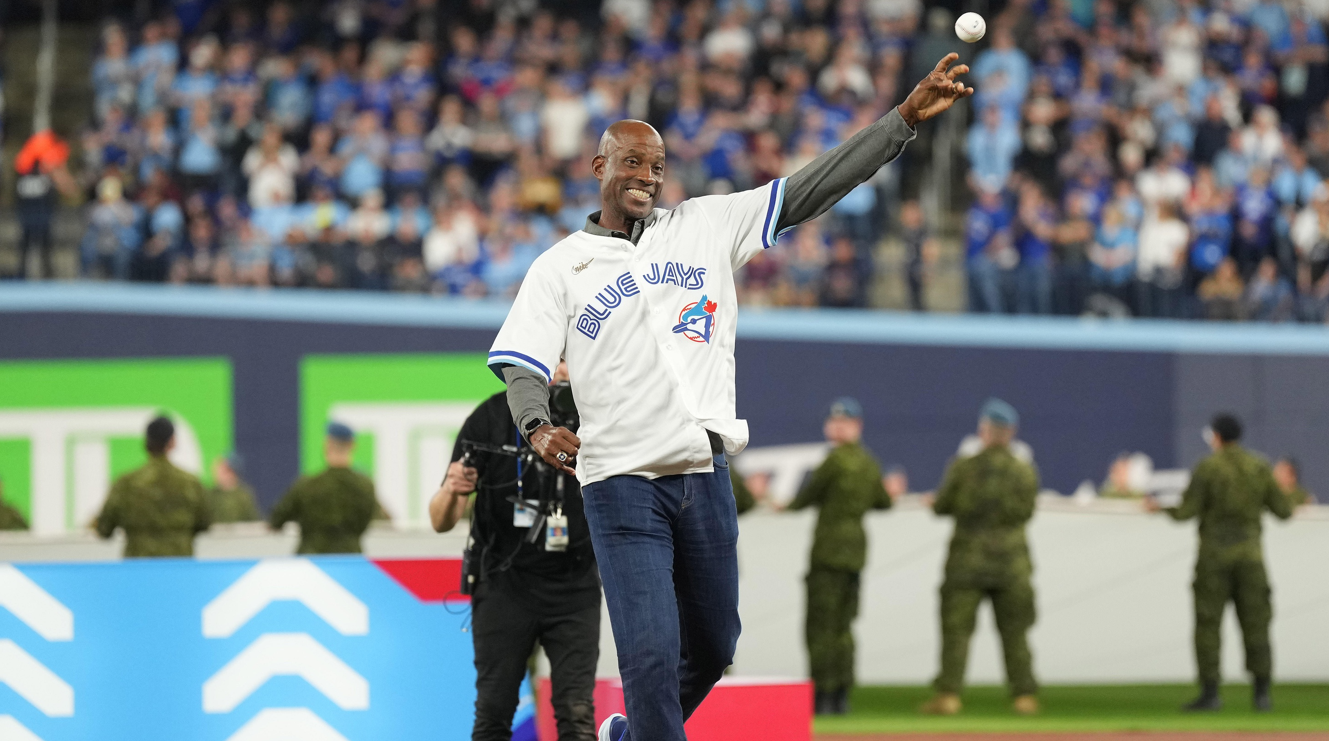
Baseball has always had a strange relationship with round numbers. Hit 500 homers and you’re royalty. Fall just short? Welcome to baseball purgatory.
For nearly two decades, McGriff hammered baseballs with his distinctive upright stance, finishing with 493 home runs—seven shy of the magical 500 mark. The Crime Dog drove in 100+ runs eight times and appeared in the MVP conversation six different seasons. When McGriff finally entered Cooperstown in 2023, it felt less like an honor and more like a correction.
14. Ernie Banks
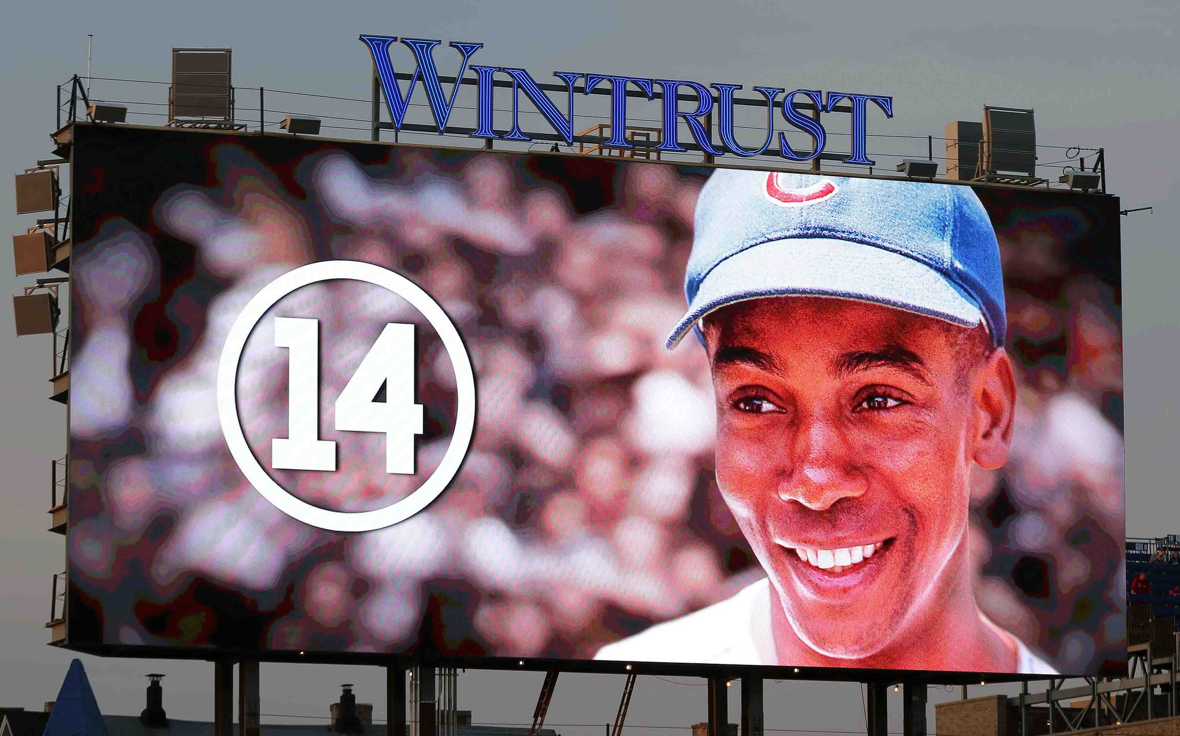
Most players struggle to master one position. Banks conquered two. His transformation into an elite first baseman after winning MVPs at shortstop represents one of baseball’s great second acts.
Banks manned first for 1,259 games, making five All-Star teams there. His defensive wizardry once produced 22 putouts in a single game, tying an MLB record. Numbers only tell half the story, though. Banks brought joy to a franchise that rarely gave it back, playing 717 consecutive games through Chicago summers that offered more heartbreak than hope.
13. George Sisler
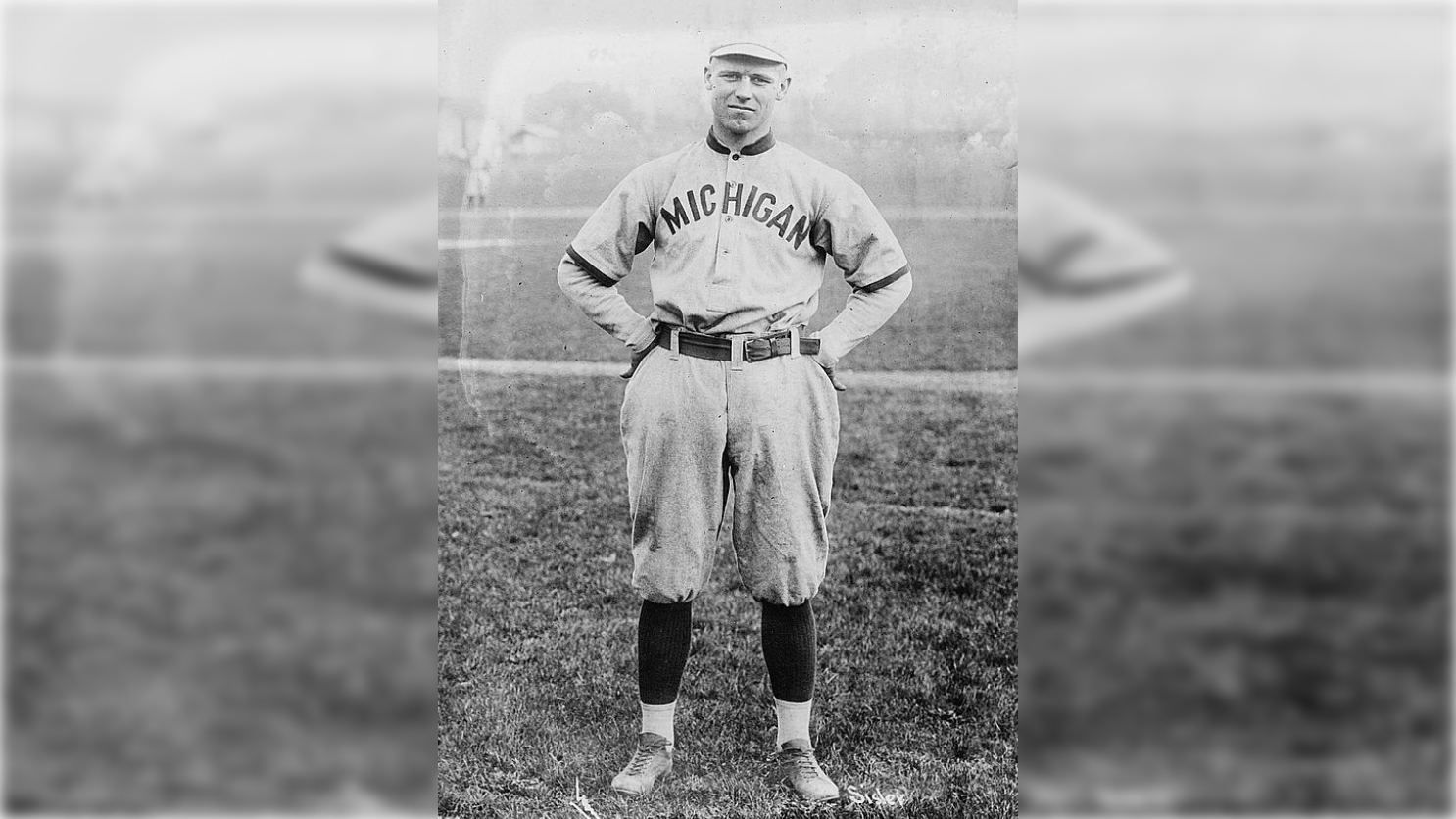
Batting averages nowadays sit alongside rotary phones in the museum of forgotten things. But George Sisler once made hitting .400 seem routine.
His 1920 season produced 257 hits—a record that stood for 84 years—and a .407 average. Then came 1922 with a staggering .420 mark. Baseball’s cruelest plot twist followed: severe sinusitis caused double vision, stealing his entire 1923 season. Lesser talents would have vanished from history. Sisler returned in 1924 and still hit .300+ for years afterward, finishing with a career .340 average that speaks to both supernatural talent and stubborn resilience.
12. Bill Terry
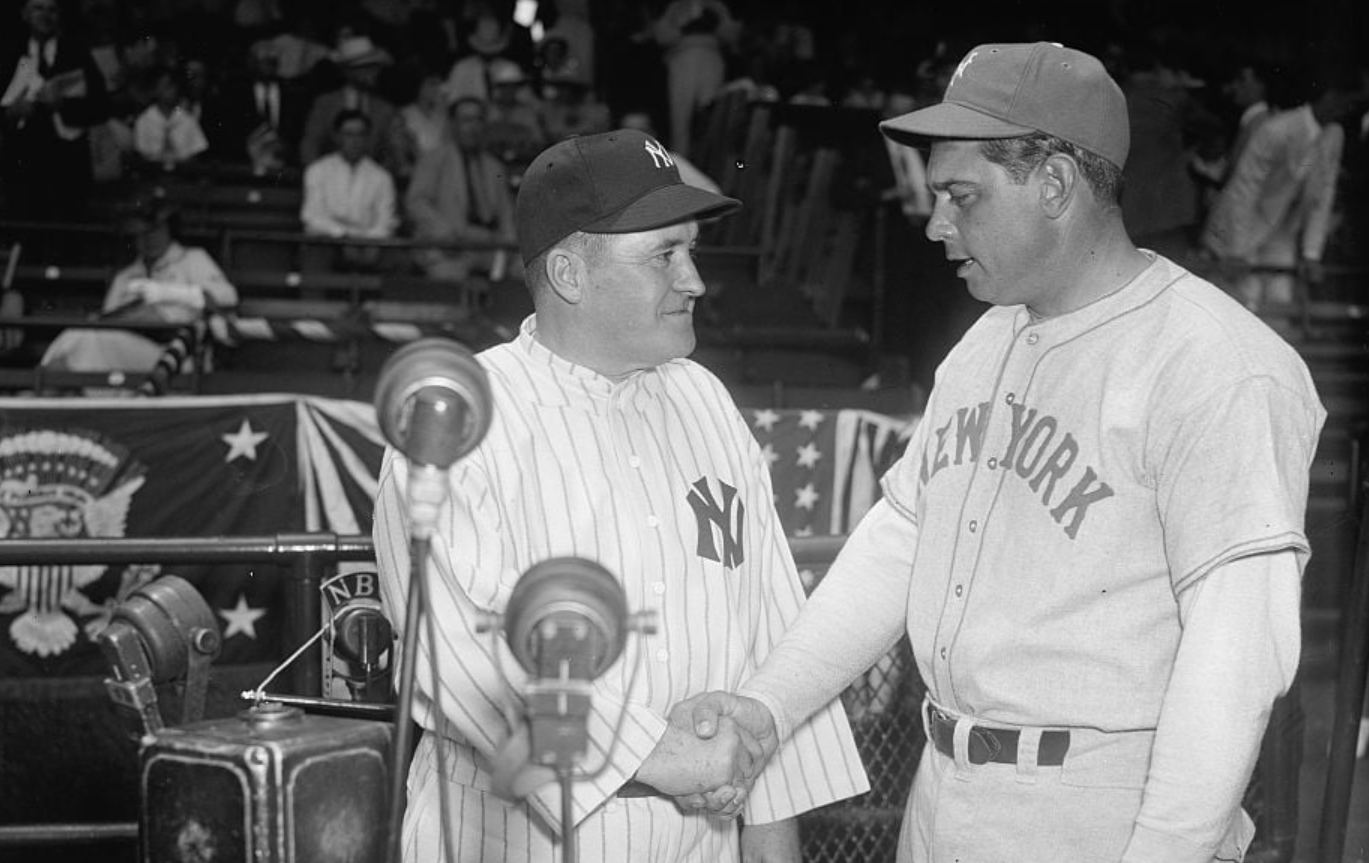
The .400 batting average now belongs to baseball mythology, like flannel uniforms and doubleheaders that actually were scheduled on purpose.
Terry hit .401 in 1930, the last National Leaguer to reach this holy ground. He collected 254 hits with a swing so technically perfect it belonged in a textbook. After becoming the Giants’ everyday first baseman in 1927, he hit .326, then improved to .372 within two seasons. Terry batted .429 in the 1933 World Series, leading the Giants to a championship. His .341 career average stands as a rebuke to anyone who claims hitting is primarily about power.
11. Johnny Mize
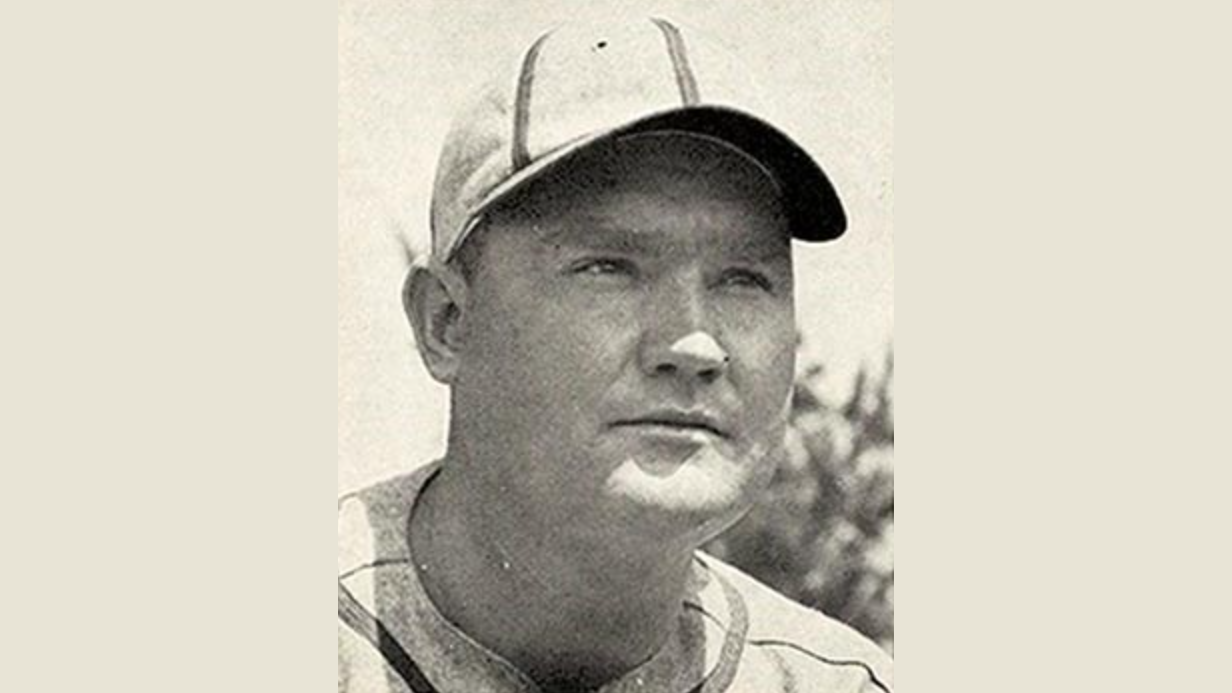
Three prime years. That’s what World War II took from Johnny Mize, leaving us with baseball’s eternal question: what might have been?
Before the war interrupted his career, Mize had established himself as a hitting machine, batting over .300 for nine straight seasons. His power grew with age—after returning from military service, he led the league in home runs four times, peaking with 51 in 1947. Six different times he hit three home runs in a single game, a record that still stands. Despite missing those crucial years, Mize retired with 359 homers and a .312 average. Baseball eventually recognized what war had temporarily hidden.
10. Rafael Palmeiro
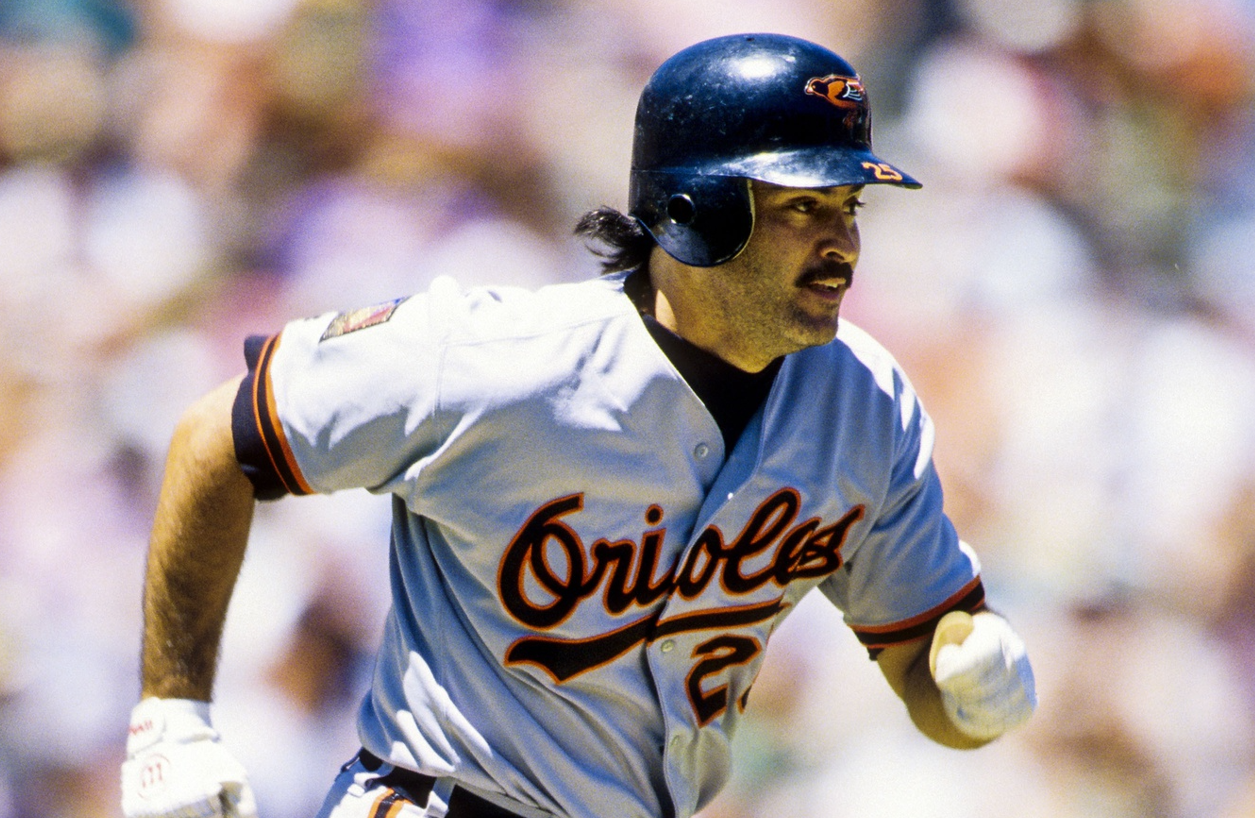
Baseball history gets messy sometimes. Palmeiro’s career forces uncomfortable conversations about how we measure greatness when the narrative implodes.
The statistics scream immortality: 3,020 hits and 569 home runs put him in baseball’s most exclusive statistical club. Only six players have reached both milestones. Then came the finger-wagging congressional testimony followed immediately by a failed steroid test. Now he’s the only eligible player with 500 homers and 3,000 hits watching Cooperstown inductions from home. His story raises an inconvenient question without a comfortable answer: Does baseball history belong to the numbers or the narrative?
9. Mark McGwire
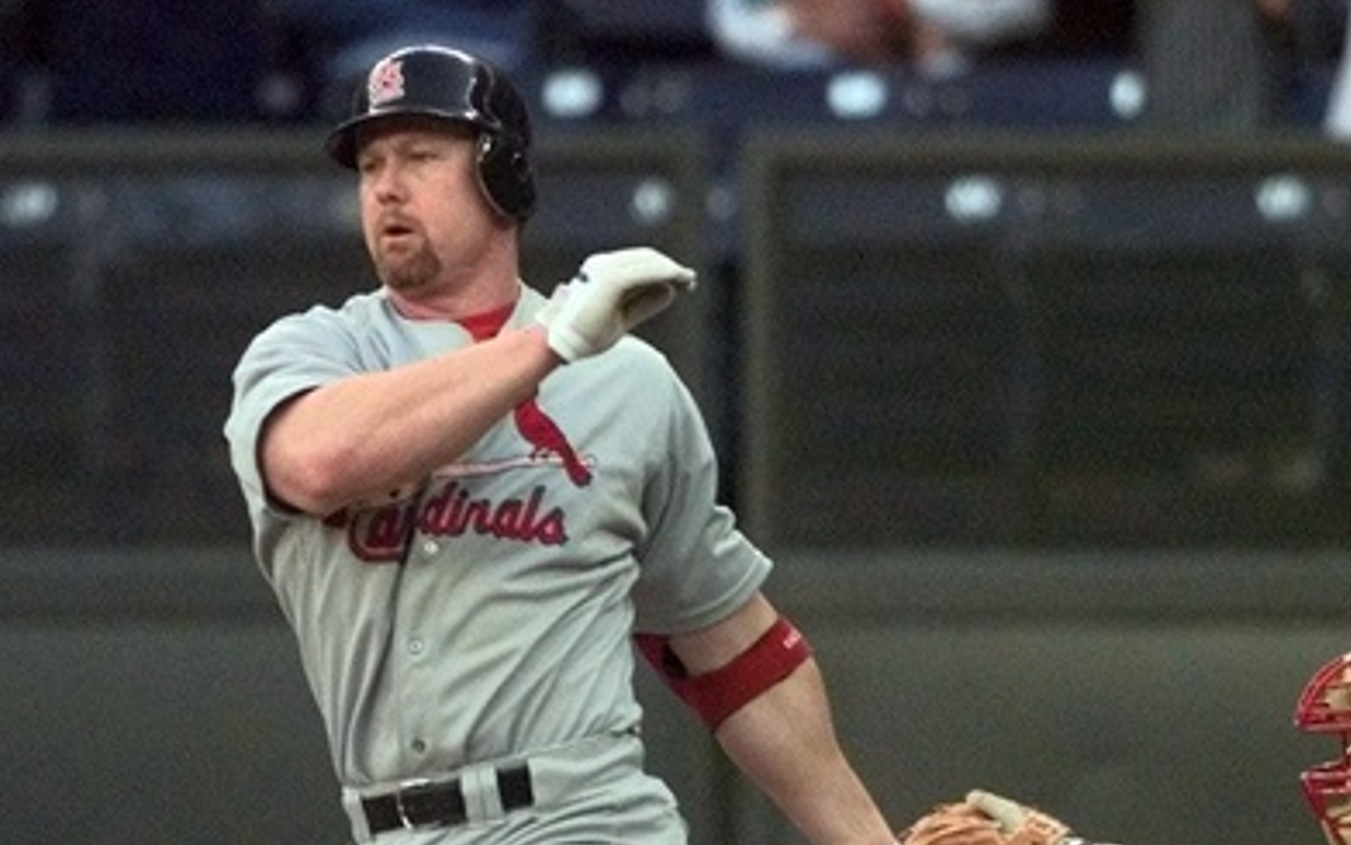
Summer of ’98. Office workers checking home run updates between meetings. Baseball reclaiming America’s imagination through sheer power. McGwire standing center stage in this nationwide drama.
His rookie season offered a preview with 49 homers setting a first-year record. Fast forward to 1998, when his 70-homer explosion wasn’t just a record—it was a cultural event. Before controversies emerged, McGwire made 12 All-Star teams and finished with a cartoonish .588 slugging percentage. His at-bats became appointment viewing, causing conversations to halt in sports bars nationwide as fans collectively held their breath waiting for another moment of impossible power.
8. Joey Votto
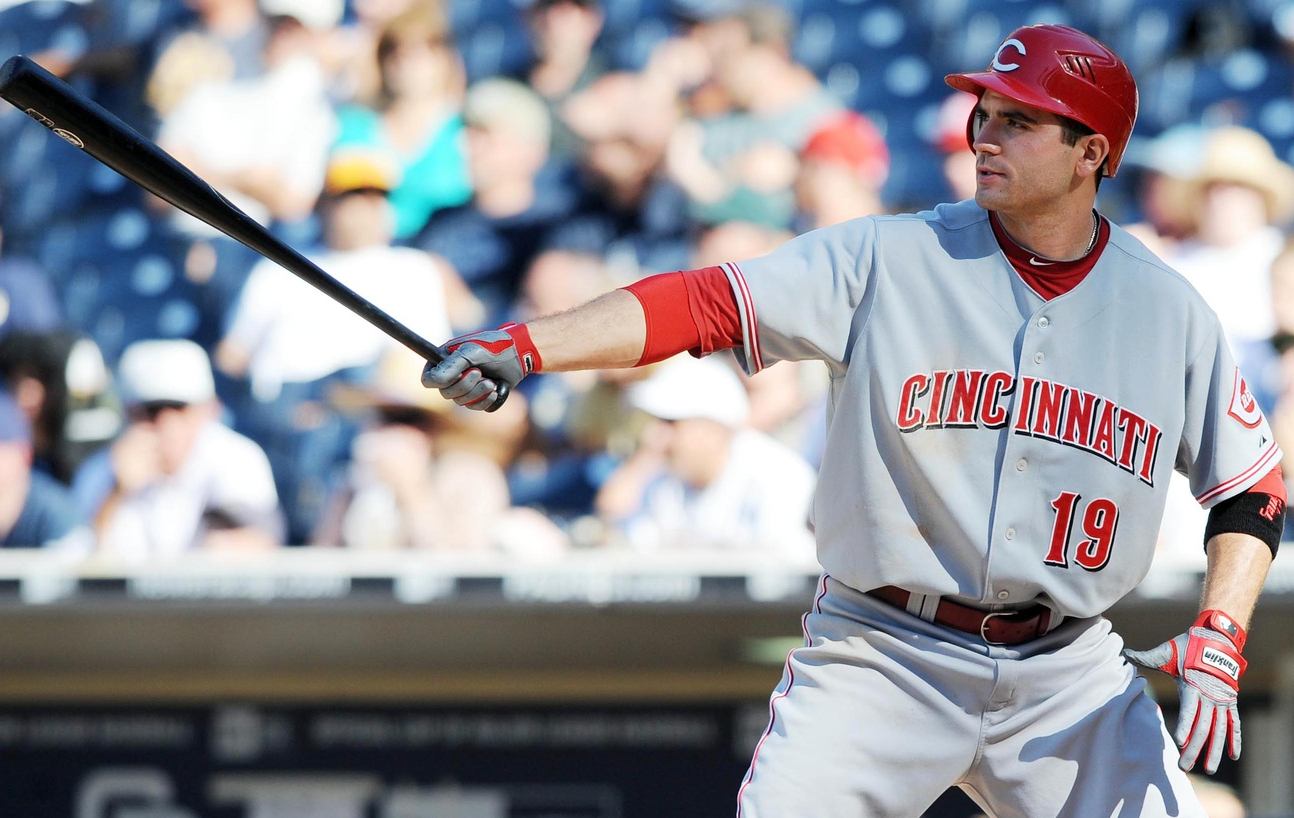
While others sacrificed contact for power in the modern game, Votto chose a different path. He approached hitting like a chess master in a room full of checkers players.
His .409 on-base percentage ranks fifth all-time among first basemen, reflecting extraordinary plate discipline. Votto led the league in this category seven times, refusing to chase pitches even when conventional wisdom suggested otherwise. The 2010 MVP season married this approach with power—37 homers and a 1.024 OPS. His 356 career homers and Gold Glove defense complete a package that challenges conventional definitions of greatness. Sometimes baseball’s most impressive skill is simply knowing when not to swing.
7. Todd Helton
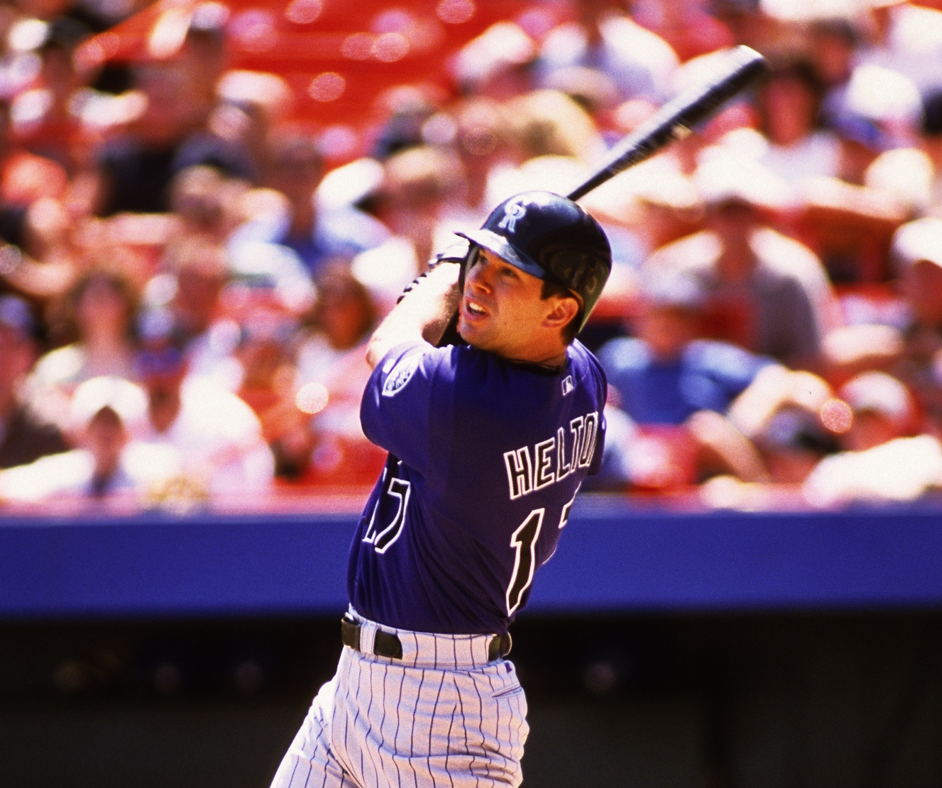
Coors Field casts a long shadow over Helton’s career, threatening to diminish statistics that anywhere else would guarantee first-ballot immortality.
Yet Helton’s excellence transcended his home ballpark. The 2000 season stands as Exhibit A: a .372 average, 147 runs, 42 homers, and 59 doubles. After 17 seasons—all with Colorado—Helton compiled a .316 average with 369 homers and 592 doubles. His 2024 Hall of Fame induction finally acknowledged what careful observers always knew: even after adjusting for altitude, Helton’s combination of hitting and fielding places him among the position’s elite.
6. Willie McCovey
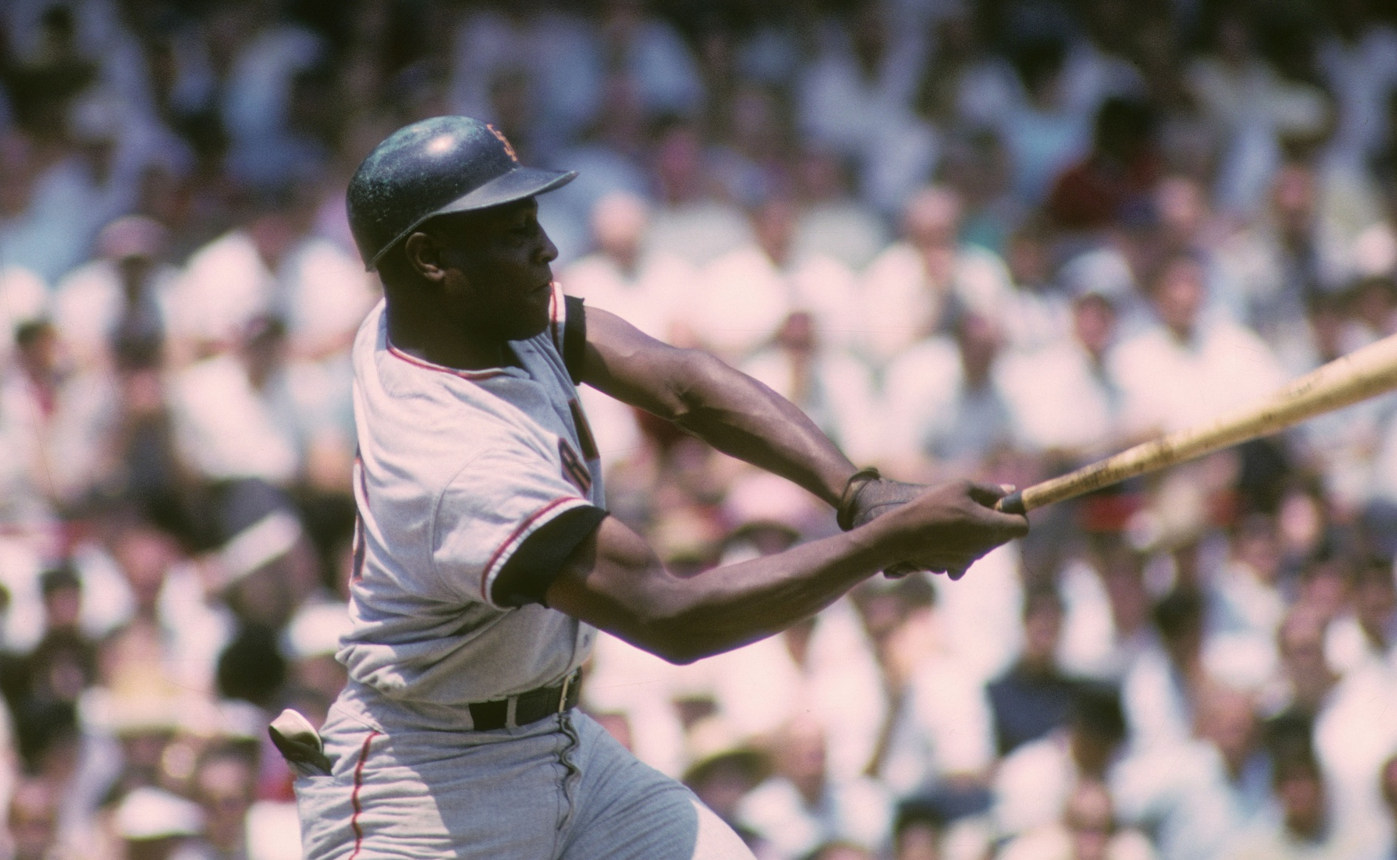
Some players hit home runs. McCovey launched moonshots that made fans duck in the bleachers. His 6’4″ frame unfolded at the plate like origami in reverse—deliberate, threatening, and ultimately explosive.
McCovey burst onto the scene in 1959, hitting .354 in just 52 games to win Rookie of the Year. His 1969 MVP campaign featured 45 homers and 126 RBIs. McCovey retired with 521 career home runs, 439 coming as a first baseman. The waters beyond right field in San Francisco—”McCovey Cove”—stand as a permanent geographic tribute to his power, an unusual honor for a player whose stature matched his monumental home runs.
5. Jeff Bagwell
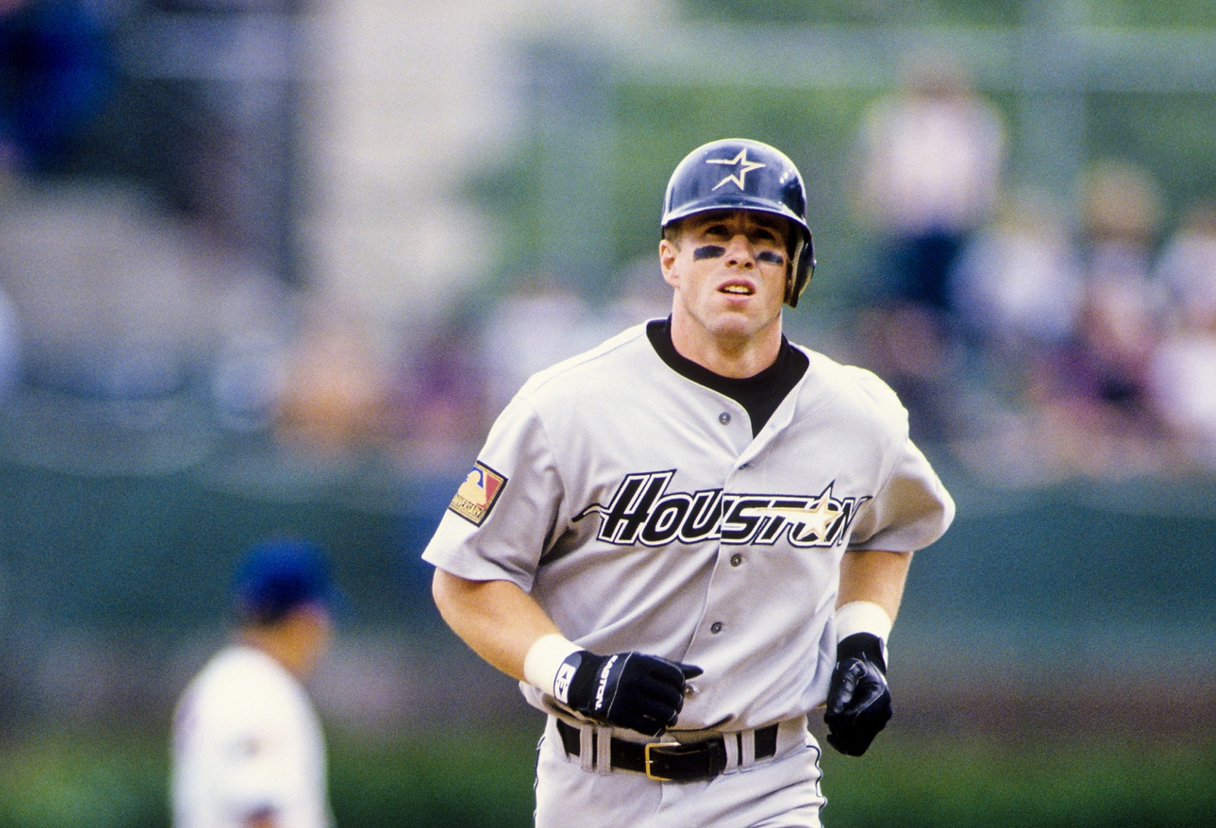
That stance shouldn’t have worked. Crouched low with his front foot pointing toward third base, Bagwell looked like someone who had misunderstood the basic instructions of hitting.
Results don’t lie, though: 449 homers and a .297 average over 15 seasons. After winning Rookie of the Year in 1991, Bagwell reached another level in 1994 with 39 homers, a .368 average, and an OPS over 1.200 in a strike-shortened season. Unlike most first basemen, Bagwell added speed to his repertoire, stealing enough bases to become the all-time leader among players at his position. Behind that quirky stance lurked one of baseball’s most complete offensive forces.
4. Eddie Murray
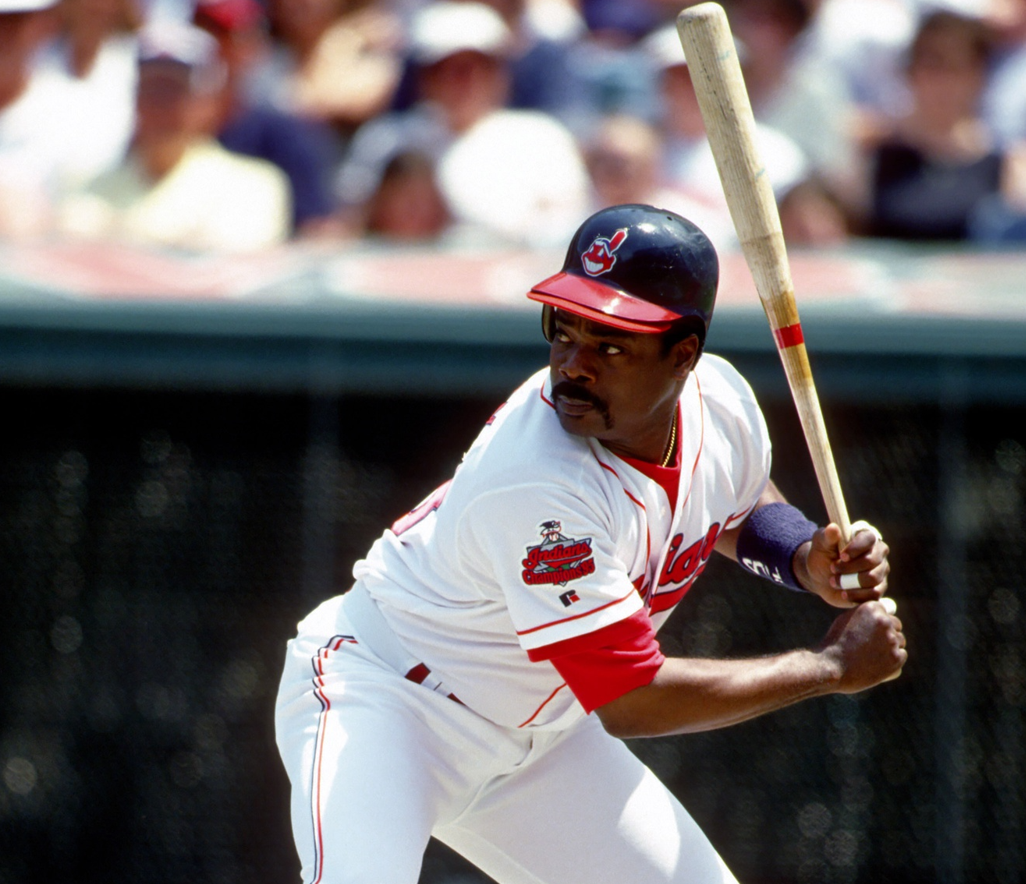
Consistency rarely makes headlines. Murray turned it into an art form. For 21 seasons, he delivered excellence without drama or fanfare, accumulating statistical brilliance one game at a time.
Nobody has played more games at first base than Murray’s 2,438. He won three consecutive Gold Gloves while delivering 25-30 homers annually and hitting around .300 from both sides of the plate. Age never seemed to matter—he hit .330 with 26 homers at 34 and .323 with 21 homers at 39. Murray finished with 3,255 hits and 504 homers, joining a statistical club whose membership practically guarantees baseball immortality. Sometimes greatness doesn’t shout; it simply shows up every day for two decades.
3. Albert Pujols
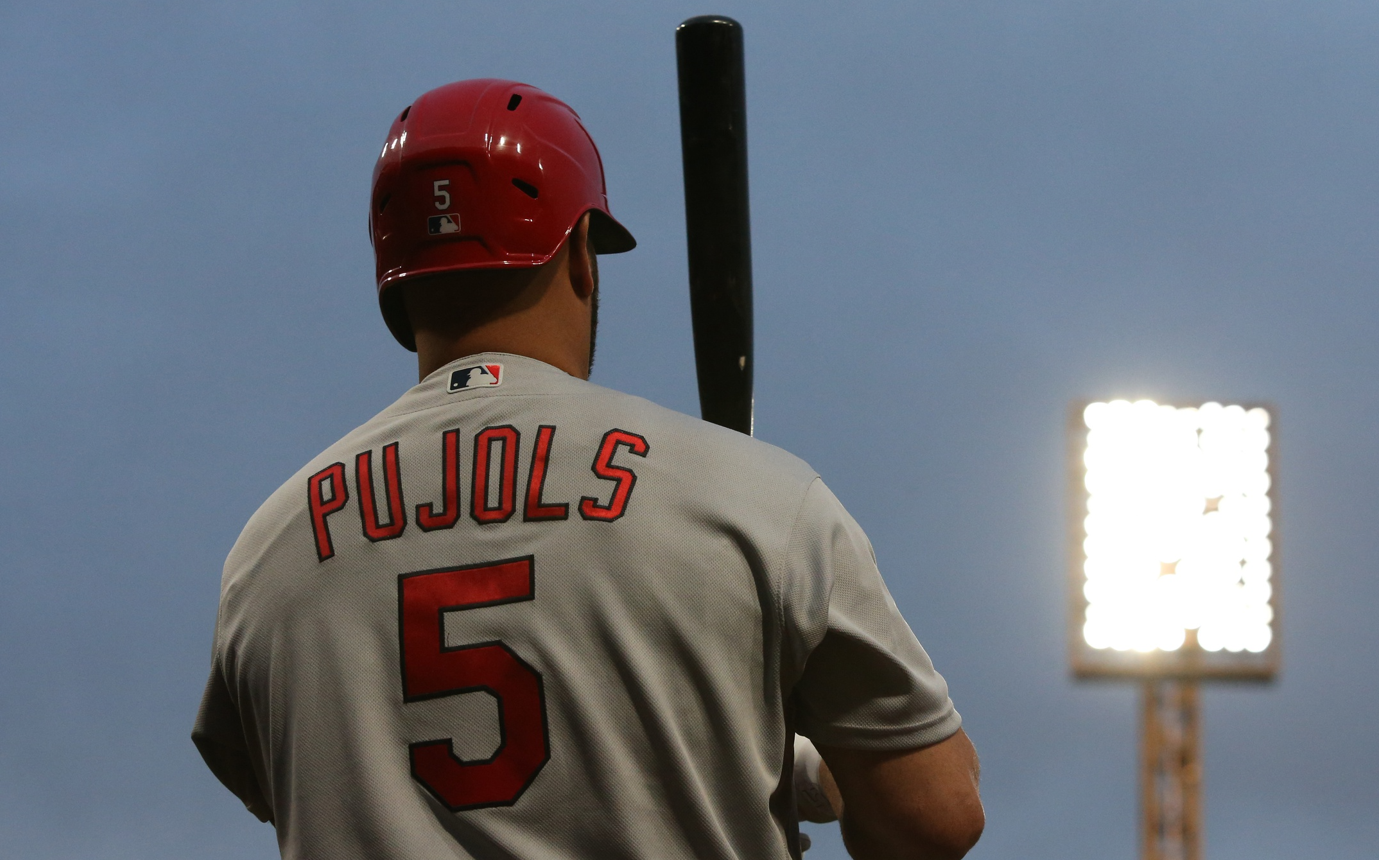
For a decade, the debate wasn’t whether Pujols was great—it was whether fans were watching the greatest right-handed hitter ever. His combination of power, average, and consistency made the extraordinary seem routine.
Pujols announced his arrival by crushing 37 homers with 130 RBIs to win 2001 Rookie of the Year. Three MVP awards followed as National League pitchers ran out of ways to approach him. His postseason excellence (.319 average with 19 homers) helped the Cardinals win two World Series. After 2,000+ games at first base and 703 career homers, Pujols finished with a storybook return to St. Louis in 2022. His legacy reminds us that true greatness isn’t just statistical—it’s making the impossible look effortless night after night.
2. Jimmie Foxx
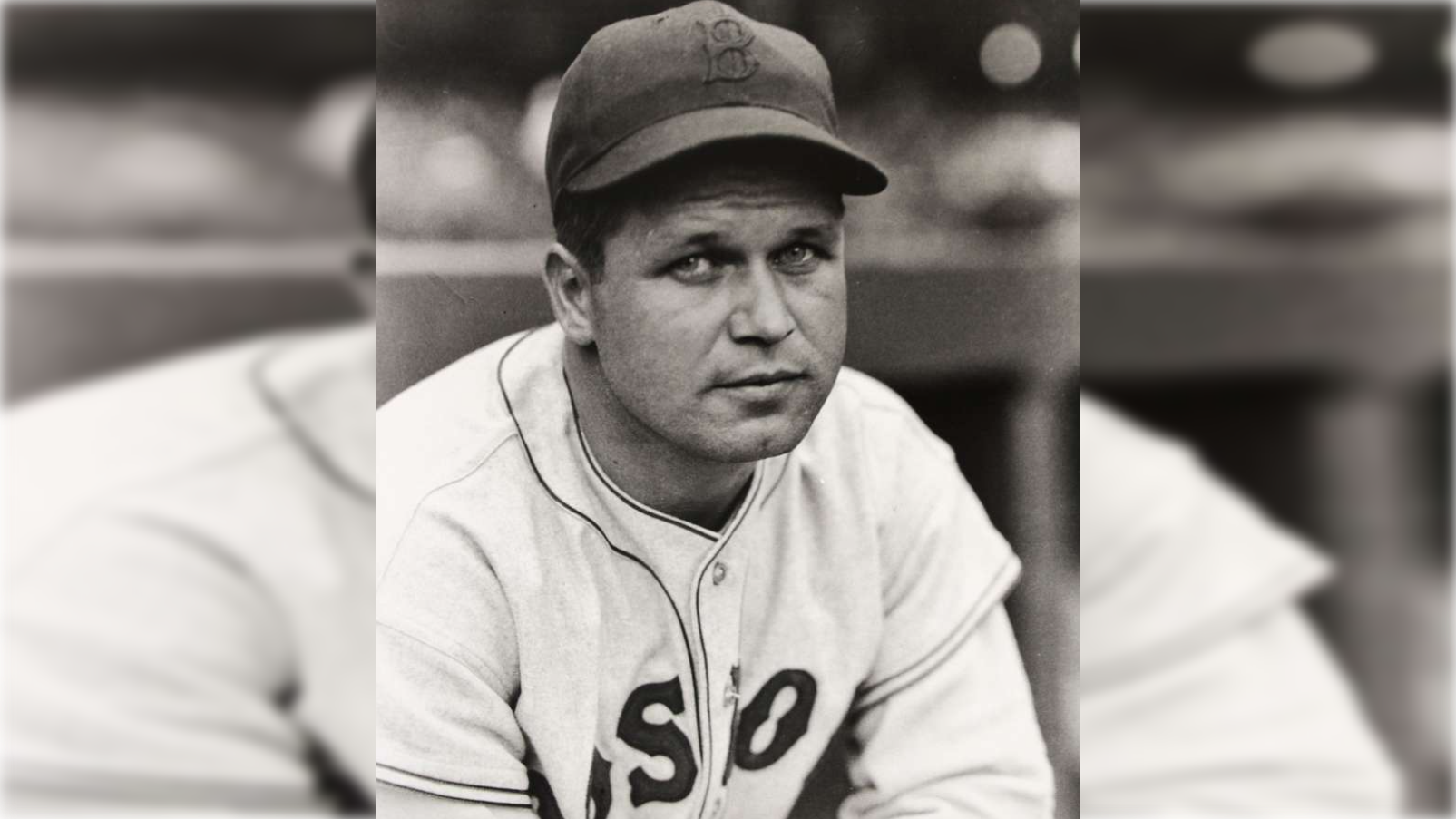
Before modern training methods, Foxx built a physique so powerful that Babe Ruth nicknamed him “The Beast.” That raw strength generated numbers that remain astonishing nearly a century later.
His 1932 season stands among baseball’s finest: a .364 average with 58 homers and 169 RBIs. Foxx followed with a Triple Crown in 1933. Throughout his 20-year career, he hit .325 with a 1.038 OPS and 534 homers, including 30+ bombs for 12 consecutive seasons. Even his fielding (.990 percentage) ranked among the best. In an era when players trained by simply playing, Foxx’s natural gifts produced a player who wouldn’t just succeed today—he might redefine what’s possible at the plate.
1. Lou Gehrig
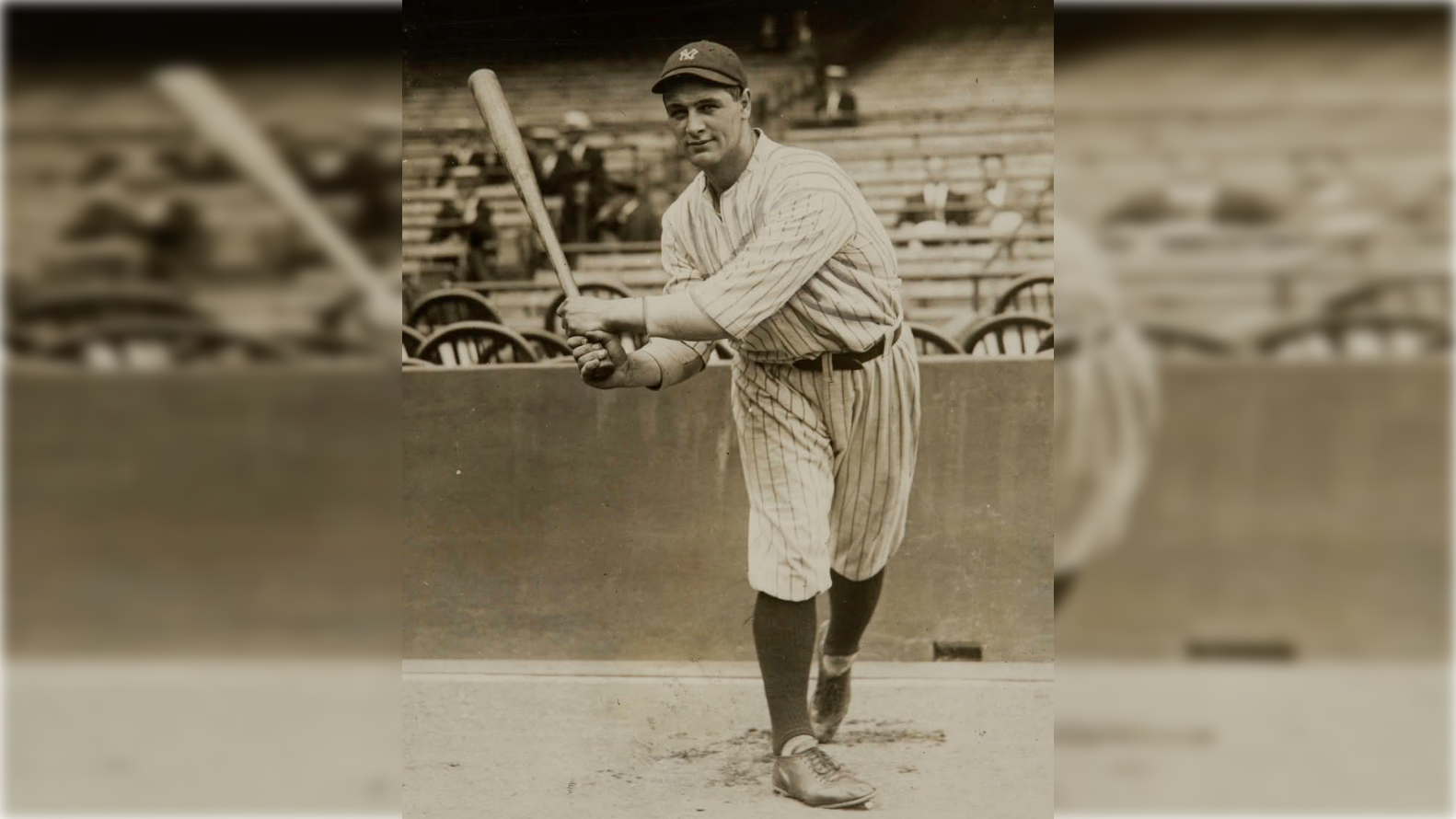
Some players transcend the game itself. Gehrig’s legacy extends beyond baseball into American culture, representing both excellence and dignity in the face of tragedy.
The numbers astound: 493 homers, a .340 average, and an OPS over 1.000. He played in 2,130 consecutive games and finished top-three in MVP voting nine times in 11 seasons while playing alongside Babe Ruth. Among first basemen, he ranks first all-time in virtually every meaningful offensive category. But statistics fade against the backdrop of his 1939 farewell speech, when ALS had already begun stealing his strength. In that moment, baseball’s Iron Horse transcended sports entirely, becoming an enduring symbol of grace under circumstances that would have broken lesser men.



